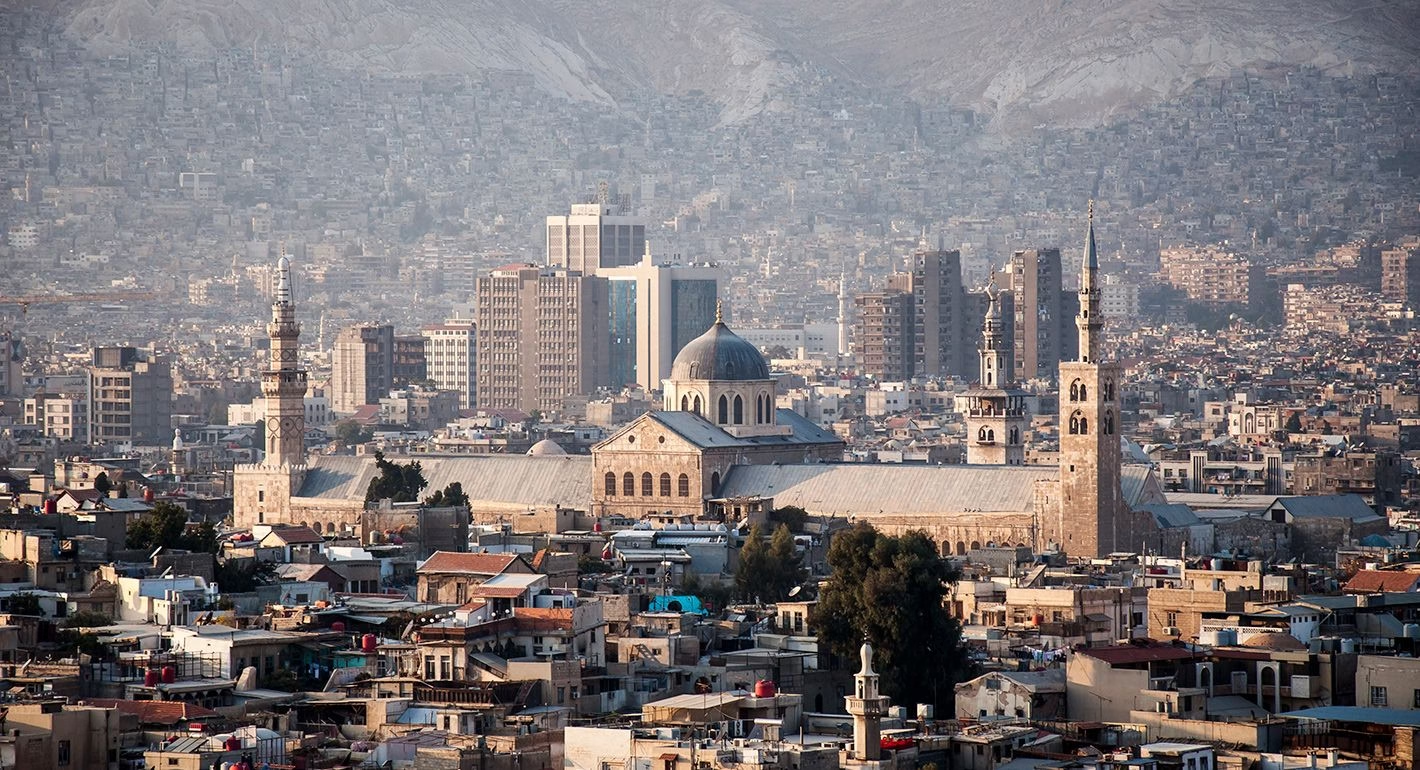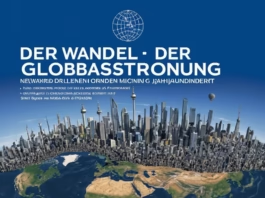The Context Behind Resolution 2799 (2025)
The backdrop to the adoption of Resolution 2799 (2025) by the United Nations Security Council is rooted deeply in Syria’s tumultuous political landscape. In December 2024, Syria experienced a significant uprising that arose from the populace’s growing discontent with the ruling government. This uprising was marked by widespread protests demanding greater political freedoms, economic reform, and an end to governmental oppression. The populace’s aspirations for democratic reform were met with force, catalyzing an immediate and far-reaching response from the international community. The importance of this uprising cannot be understated, as it laid the groundwork for the initial discussions surrounding a transitional government.
The establishment of a transitional government became a focal point during the negotiations surrounding Resolution 2799. Stakeholders recognized that a legitimate and representative governance structure was pivotal for restoring order and fostering an environment conducive to peace talks. The transitional government was seen as a crucial mechanism to unify various factions within Syria and to address the root causes of civil unrest. In this context, the United Nations took a proactive stance, proposing a framework that aimed to facilitate dialogue and promote stability in the region.
Compounding the situation were existing sanctions that had been imposed against entities affiliated with ISIL and al-Qaeda. These sanctions had significant repercussions on Syria’s political dynamics and economic conditions. While aimed at curtailing terrorism, they inadvertently exacerbated the humanitarian crisis by straining an already fragile economy. As political analysts observed, the sanctions contributed to the hardship faced by ordinary Syrians, thereby intensifying calls for reform and influencing public sentiment significantly. The interplay of these elements created a complex environment that ultimately led to the Security Council’s deliberation and eventual adoption of Resolution 2799 in 2025, reflecting a collective effort to navigate the challenges within Syria’s ongoing crisis.
The Implications of Delisting Syrian Leaders
The recent decision to delist key Syrian leaders, notably Ahmed Al-Sharaa, the transitional president, and Anas Hasan Khattab, the interior minister, from the sanctions list delineates a significant shift in international perceptions of the Syrian government. This removal signifies not only an acknowledgment of their roles but also reflects a broader endorsement of the progress made by the new Syrian government in its counterterrorism efforts and political transition. By easing sanctions on these leaders, the international community appears to recognize strides towards stabilizing the country and enhancing governance.
This delisting is perceived as a potential catalyst for positive developments within Syria, particularly in terms of economic recovery. Sanctions have long hindered the country’s capacity to rebuild, hampering essential services and deterring foreign investment. With key leaders no longer subject to international sanctions, there is potential for improved communication and cooperation with foreign entities, fostering an environment conducive to economic revitalization. This is crucial as Syria stands at a critical juncture, where rebuilding both infrastructure and public trust is paramount.
Furthermore, the UN Security Council’s endorsement of this delisting indicates a conditional approval based on Syria’s commitment to ongoing anti-terrorism efforts. This expectation posits that the Syrian government must continue to display tangible progress in combating terrorism to ensure further international support. The implications of this delisting extend beyond mere recognition; they establish a framework of accountability that could enhance the legitimacy of the new government. As Syria moves forward, balancing these expectations with its domestic challenges will be essential for long-term stability and growth.
Global Reactions and Perspectives on the Resolution
The adoption of Resolution 2799 (2025) regarding Syria has prompted a wide array of reactions from the international community, reflecting both support and apprehension among various nations. Key supporters of the resolution include the United States and the United Kingdom, both of which have expressed a strong commitment to addressing the ongoing humanitarian crisis in Syria while emphasizing the need to combat foreign terrorist fighters. The U.S. Secretary of State highlighted the resolution as a significant step towards ensuring security and stability in the region, echoing a common sentiment that effective measures must be taken to support Syria amidst the persistent threats posed by terrorism.
Additionally, several members of the Arab group have voiced their endorsement, aligning with the resolution’s goals to re-establish peace and uphold Syrian sovereignty in the face of external aggression. These nations have called for a united front in addressing the multifaceted crises plaguing Syria, reinforcing the notion that collaborative international efforts are essential to foster an environment conducive to lasting peace.
Conversely, China’s response has been notably cautious. The Chinese government has underscored its commitment to respecting Syria’s sovereignty and territorial integrity while simultaneously advocating for a broader framework to address security challenges in the region. This position reflects a cautious balance between the need for effective action against terrorism and the imperative to uphold the principles of state sovereignty as enshrined in international law. China’s measured stance highlights the complexity of international relations, where support for resolutions may be tempered by concerns about potential overreach and interference.
Overall, the varied responses to Resolution 2799 (2025) underscore the intricacies involved in navigating the ongoing conflict in Syria, illustrating the delicate balance between supporting a sovereign nation and addressing persistent security threats posed by foreign combatants.
Syria’s Vision for the Future
The adoption of Resolution 2799 (2025) marks a significant turning point for Syria, reflecting the nation’s aspirations for stability, economic recovery, and improved international relations. The Syrian representative has articulated a clear vision aimed at rebuilding the nation after years of conflict. Central to this vision is the commitment to restoring infrastructure, addressing humanitarian needs, and fostering a conducive environment for investment and growth. By prioritizing these goals, Syria seeks to not only revitalize its economy but also to demonstrate its capability to engage positively on the global stage.
In the aftermath of the resolution, the Syrian government emphasizes the importance of engaging with the international community to garner support for its reconstruction efforts. The rebuilding of Syria is perceived as a collaborative endeavor, one that necessitates trust and cooperation with various stakeholders worldwide. The nation is striving to reassure the international community of its commitment to peace and stability in the region, which remains pivotal for attracting foreign investment and aid. Additionally, the Syrian government is keen on promoting dialogue and strengthening diplomatic relations to pave the way for increased collaboration and secure much-needed resources for its recovery.
However, Syria faces significant challenges in this regard. The scars of conflict run deep, and establishing trust with the global community is no small task. The nation must address lingering concerns about security and governance to inspire confidence among potential partners. Despite these hurdles, Syria’s narrative points towards a fresh start, characterized by a concerted effort to emerge from the shadows of its past. It is through this renewed focus on rebuilding and ensuring a stable future that Syria hopes to transform its image and reintegrate into the international fold, charting a path that represents resilience and aspiration.




